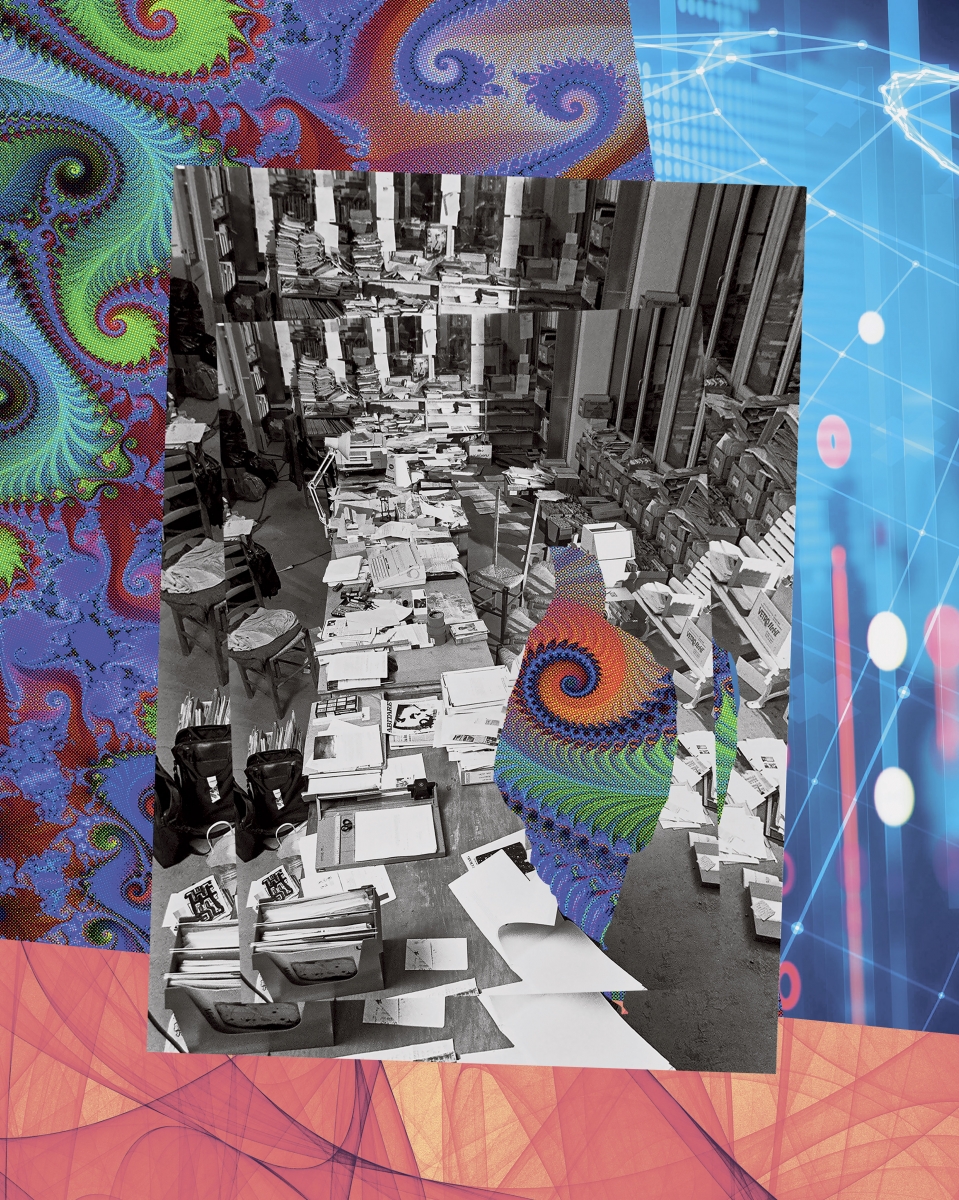
ASI. Vive le Curateur-4. 2020
|
On a global scale, today for art there is nothing more attractive than the state of post-truth. We are the witnesses of an abrupt civilisation shift, which has been in preparation for decades (by other estimations, for centuries). We are back to the “dark ages” (it is not a judgemental definition, there just isn’t a more accurate one). To the pre-rational or post-rational world, where it is the myth that reigns; where in total abolition of the human Self there, again, arise heroes in the epical sense; where we “write” with oral speech, and the process disrupts the traditional book culture harder than the bright visual culture; where a ground for new religions is practically being formed; where the institutions, which unfailingly operated yesterday, don’t function properly today— the legal ones, for example, for they are based on facts and rationality. This world is scary and bewitching, it is repelling and tempting at the same time. And since curation enters the new era being in crisis, browbeaten and humiliated, we should turn the weakness into power. Despite the limited functionality and constant criticism, there still lie a lot of opportunities in this professional field. For, in the first place, the infrastructure of the artistic system has grown much bigger in comparison with the times described in Obrist’s A Brief History of Curating. Even if we start rolling this bulk up, it will still carry on functioning for a fairly long time out of inertia. Secondly, we might want to change the optics. And even more, turn it all upside down. Switch the conscious to the unconscious. The very situation of post-truth favours fiction, not non-fiction, it favours fabrication, fantasy. We have to create fairy tales, myths, eposes. Natalia Serkova, a Russian researcher, claims that art should learn more actively from the example of the modern media, the most dynamic social networks, and online resources. She thinks it inevitable: “The current situation creates such conditions, which we have to consider as climate events”. At the level of affect, art and even curatorship agreed a long time ago with the networking logic of a forest fire. Biennales and artists quickly catch on a popular topic and spread it in their circles. But unlike on Twitter, in art nobody is now capable of creating a hashtag, which everyone around will echo. Possibly it is namely the logic of an attractive story that will help. Want to discuss the past? Falsify it, create an alternative double for it, or even a few parallel chronologies. Want to change the world? Create a new one. Humans don’t satisfy you? Repopulate the world with other creatures. Turning to the most unbridled fiction is no escapism. If we draw our attention to new TV series,—an avant-garde area, since it has been predicting and shaping the reality for a decade and a half, unlike modern art,—we may notice that the more fabrication, the more it is politicized and topical. And the more it is popular. Besides, according to the latest research, a completely fictional narrative affects people’s views more than the one based on real events. It seems that for a curator making up an interesting story is more beneficial than banishing irony, transgression and ambiguity from the temple of art, as written in the activist brochure. Instead of the paranoid suspiciousness to every breath of an artist, it is much better to let them breath freely in a multiverse.




